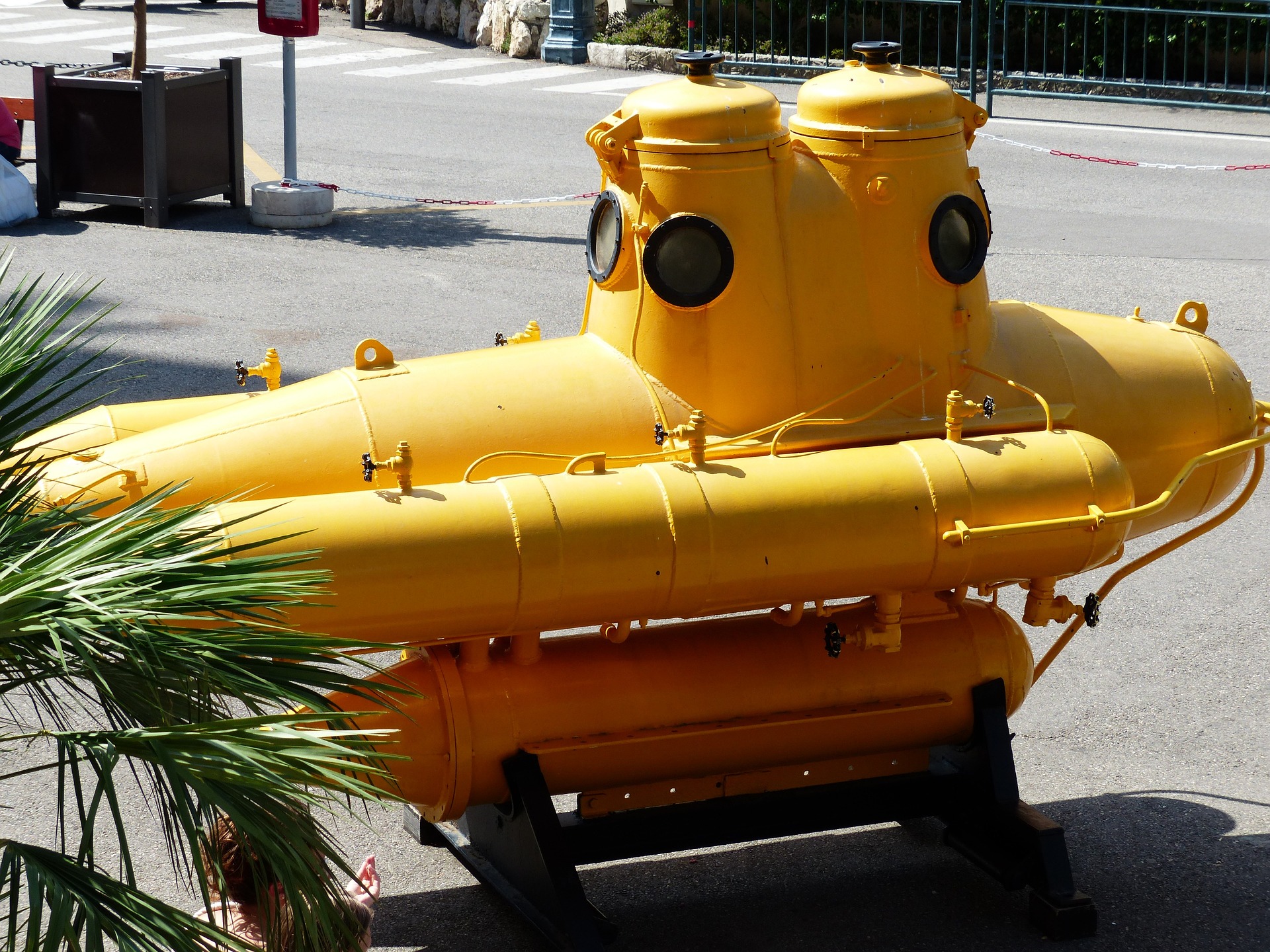Exploring the Depths: The Rise of Submarine Tourism
Dive into a world of underwater wonders as submarine tourism emerges as the next frontier in travel experiences. This cutting-edge trend allows adventurers to explore the ocean's mysteries from the comfort of a pressurized vessel, offering unparalleled views of marine life and submerged landscapes. As technology advances and accessibility improves, submarine tours are becoming an increasingly popular option for travelers seeking unique and immersive experiences beneath the waves.
As submarine technology improved and safety measures advanced, the industry gradually expanded. By the early 2000s, submarine tours were available in various locations worldwide, including the Caribbean, Mediterranean, and parts of Asia. These early tours primarily focused on shallow-water experiences, allowing visitors to observe coral reefs and colorful fish species.
The Modern Submarine Tourism Experience
Today’s submarine tourism industry has evolved significantly, offering a diverse range of experiences that cater to different interests and comfort levels. Modern tourist submarines are equipped with large viewing windows, comfortable seating, and advanced life support systems, ensuring a safe and enjoyable experience for passengers of all ages.
Typical submarine tours last between 30 minutes to two hours, depending on the destination and depth of exploration. Passengers can expect to descend to depths ranging from 30 to 100 meters, though some specialized expeditions can go even deeper. Throughout the journey, knowledgeable guides provide commentary on the marine life and underwater landscapes, enhancing the educational aspect of the experience.
Popular Submarine Tourism Destinations
While submarine tours are available in various locations worldwide, some destinations have become particularly renowned for their underwater offerings:
-
Hawaii: The birthplace of commercial submarine tourism continues to be a popular spot, with tours operating off the coasts of Maui, Oahu, and the Big Island.
-
Maldives: Luxury resorts in the Maldives have embraced submarine tourism, offering guests the chance to explore the vibrant coral reefs and diverse marine life of the Indian Ocean.
-
Great Barrier Reef, Australia: Submarine tours provide an alternative way to experience the world’s largest coral reef system, especially for those who prefer not to snorkel or dive.
-
Canary Islands: The volcanic landscapes off the coast of these Spanish islands offer unique submarine experiences, including exploring underwater lava formations.
-
Caribbean Islands: Many Caribbean destinations, such as Aruba, Cozumel, and the Cayman Islands, offer submarine tours as part of their tourism offerings.
The Environmental Impact and Conservation Efforts
As submarine tourism gains popularity, there is growing concern about its potential impact on marine ecosystems. Responsible operators are taking steps to minimize their environmental footprint and contribute to conservation efforts:
-
Using eco-friendly technologies: Many modern tourist submarines are designed with electric propulsion systems and other environmentally friendly features to reduce pollution and noise disturbance.
-
Limiting visitor numbers: Operators often restrict the number of daily tours and passengers to minimize the impact on marine habitats.
-
Supporting research: Some submarine tour companies collaborate with marine biologists and researchers, providing platforms for scientific studies and data collection.
-
Educating visitors: Tours often include an educational component, raising awareness about marine conservation and the importance of protecting ocean ecosystems.
-
Participating in clean-up efforts: Many operators engage in regular underwater clean-up initiatives, removing debris and plastics from the ocean floor.
The Future of Submarine Tourism
As technology continues to advance, the future of submarine tourism looks promising. Some emerging trends and developments include:
-
Deep-sea exploration: New submarines capable of reaching greater depths are being developed, potentially opening up access to rarely seen deep-sea ecosystems.
-
Luxury submarine experiences: High-end tourism operators are exploring the possibility of overnight submarine stays and multi-day underwater expeditions.
-
Virtual reality integration: Some companies are experimenting with VR technology to enhance the submarine experience, providing additional information and interactive elements during tours.
-
Citizen science opportunities: Future submarine tours may offer passengers the chance to participate in scientific research, contributing to marine conservation efforts.
-
Underwater restaurants and hotels: While still in the early stages, there is growing interest in developing permanent underwater structures for dining and accommodation, further expanding the submarine tourism industry.
Diving into Submarine Tourism: Essential Tips and Fascinating Facts
• Book in advance: Popular submarine tours often sell out quickly, especially during peak tourist seasons.
• Check age and health restrictions: While most tours are suitable for all ages, some may have minimum age requirements or health restrictions.
• Bring a camera: Many submarine tours allow photography, but check with the operator beforehand regarding their policy.
• Dress comfortably: The interior of tourist submarines is typically air-conditioned, so dress in layers.
• Consider the time of day: Early morning tours often offer the best visibility and increased chances of marine life sightings.
• Submarine tourism contributes significantly to marine research, with many operators partnering with scientific institutions.
• The deepest tourist submarine dive recorded reached a depth of 300 meters in the Cayman Islands.
• Some locations offer night submarine tours, providing a unique perspective on nocturnal marine life.
• The largest tourist submarine currently in operation can accommodate up to 64 passengers.
• Submarine tourism has played a role in discovering new marine species and mapping previously unexplored underwater terrain.
Embracing the Underwater Frontier
Submarine tourism represents an exciting development in the travel industry, offering a unique way to explore the underwater world without the need for diving skills. As technology advances and environmental considerations are prioritized, this niche sector is poised for continued growth and innovation. Whether you’re a marine enthusiast, adventure seeker, or simply curious about the mysteries of the deep, submarine tours provide an unforgettable experience that brings the wonders of the ocean within reach. As we look to the future, submarine tourism stands as a testament to human ingenuity and our enduring fascination with the unexplored realms beneath the waves.





